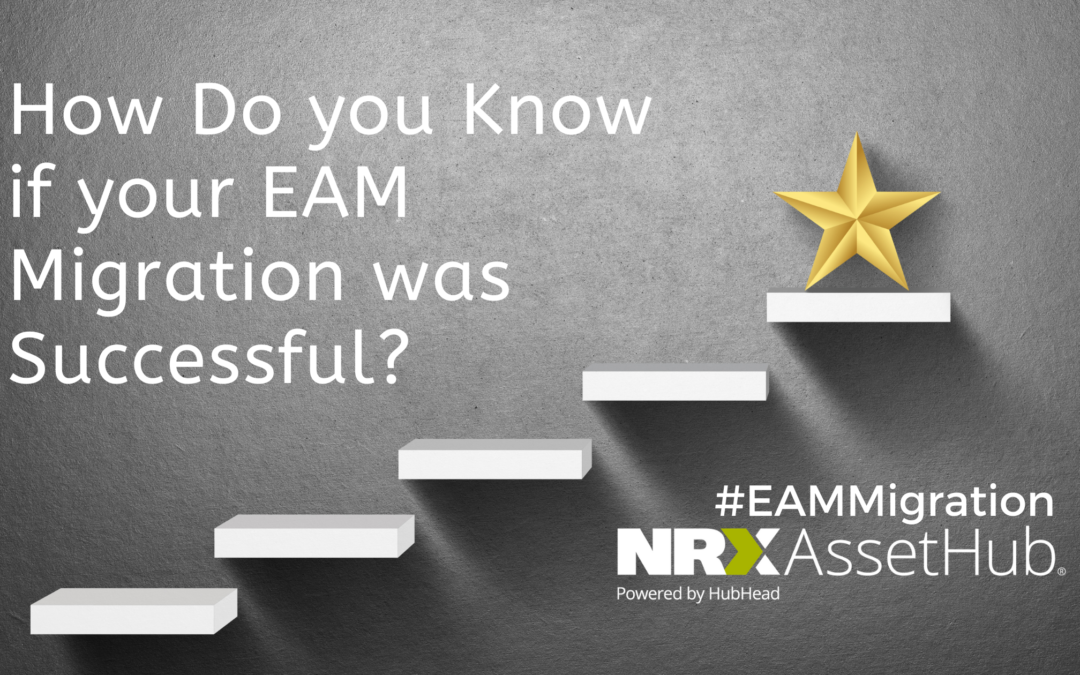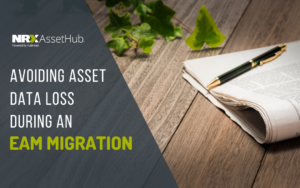Your EAM migration is finally complete. It took a lot of hard work, planning, and patience and now you have now reached the finish line. But there is just one last loose string hanging. You’re not sure if your EAM migration was successful. You seemed to have no problems during the migration process, but now you are unsure if your new system is benefitting your company as you expected it to or how to even measure its success.
The success of your data migration will depend on the objectives you set in the beginning. Therefore, success will look different for every company. However, there are a few standard improvements you should see after completing a migration.

1) An improved workflow
This is a standard measure of success when moving to a new EAM system. It should become obvious early on that your company’s workflow and operations are running more smoothly with less hiccups along the way.
2) Increased efficiency and productivity
Similar to the previous point, processes that were once inefficient should now be easier to perform. There should also be a significant increase in productivity. You should find it easier to get your planning done and to perform maintenance, as well as measure it’s performance and compliance with corporate standards.
3) Maintenance technicians are comfortable with the new system
For your new EAM system to be fully effective, it is important that maintenance technicians are familiar with the software and fully satisfied with the features it provides. It should make their jobs easier not harder. They should find the new EAM system easy to use and be able to rely on the data in the system. You might also want to note whether the maintenance team’s wrench times have improved or if less time is being spent searching for information.
NRX solutions provide asset-intensive companies with features for visualizing, editing, building, and organizing their asset and maintenance data. If you would like to learn more about our solutions, don’t hesitate to book a demo and our team would be happy to help!
Avoiding Asset Data Loss During an EAM Migration
Buried in your EAM system?
What Could Go Wrong With An EAM Migration?
Share this article




